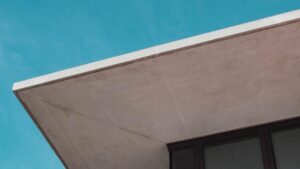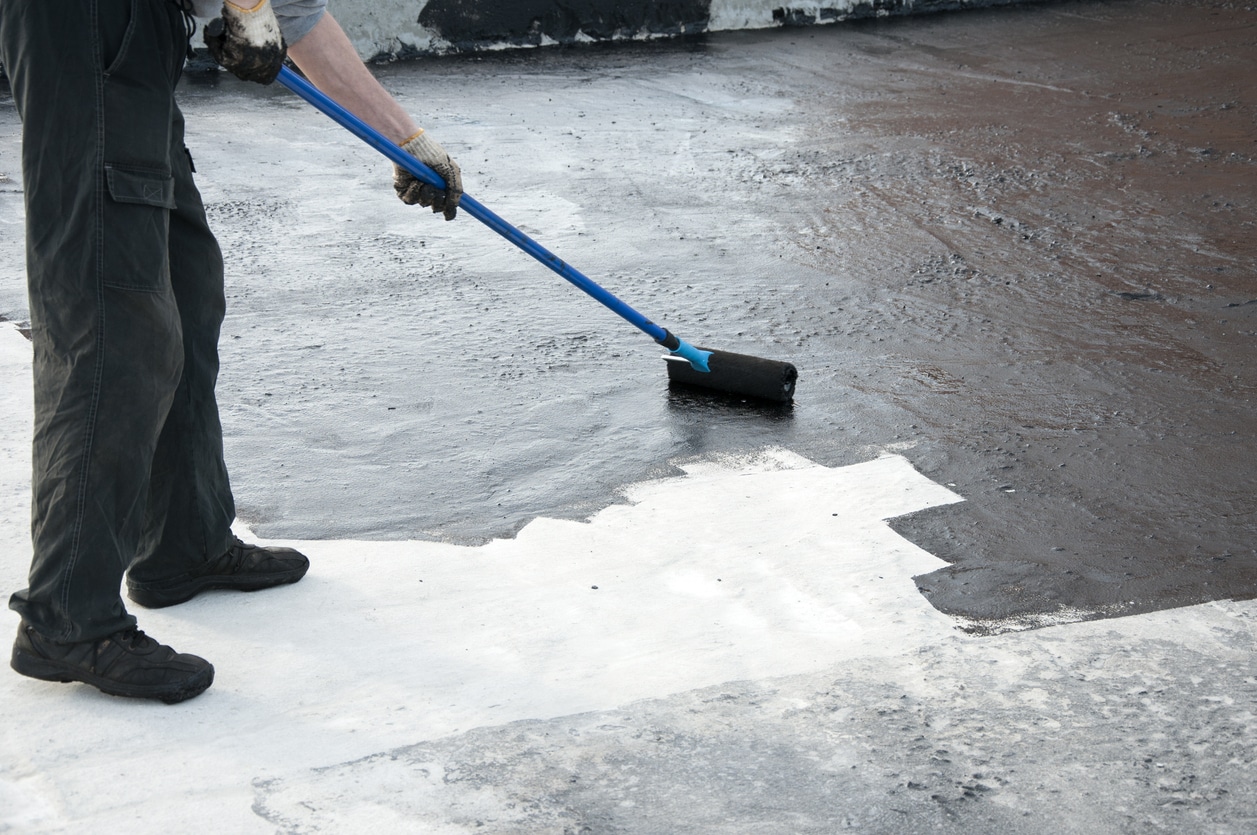Pros and Cons of Installing a TPO Roofing System for Your Commercial Building

The roof of a commercial building is the primary barrier between the interior and the outside elements. It also plays a significant role in maintaining comfortable temperatures and economical energy use. TPO roofing systems have become increasingly common in recent years. Thermoplastic Polyolefin (TPO) roofing has several benefits beyond those of other types of roofing. There are, however, some disadvantages to this approach. Read on as we weigh the benefits and drawbacks of a TPO roofing system for commercial buildings to assist you in making a well-informed decision.
Pro: Flexibility
TPO roofing system offers a wide range of colors that can fit almost any type of building. You can choose between white, black, and light gray, among other colors. That said, TPO roofs are designed to be UV resistant regardless of color. Therefore, even though a white roof may appear to have the most heat-reflective and energy-saving features, this is not the case. As a result, if you’re looking to install a new roof for your business and color is important to you, a TPO roof might be a good choice.
Pro: Easy Installation
TPO roofing membranes are a convenient option due to their lightweight sheet form. They are a cost-effective solution for commercial buildings since experienced roofers can install TOP roofing quickly and easily. Moreover, a few installation methods are available for the TPO roofing system. This includes a direct attachment to the roof deck or the use of adhesives. Both systems provide sturdy support. TPO roofing also offers excellent flexibility, making it possible to heat-weld the membranes around roof projections such as chimneys. Because of the ease of installation, companies relocating (for example, when moving to Brandon, FL) do not have to worry about the type of roof the new location will have. All they have to do is reach out to a local team for moving, and roofers can replace the old roof before the company even opens its doors.
Pro: Energy Savings
The reflective quality of TPO membranes is a major selling point for these roofs among building owners. Gray, white, and tan colored TPO roofs are recognized by the Cool Roof Rating Council, while the white, reflecting materials exceed the Environmental Protection Agency’s ENERGY STAR criteria. TPO roofing systems keep the structure at a comfortable temperature year-round, not only during the warmer months. Thus, air conditioning expenditures are decreased. In addition to keeping the building cool, the TPO roof helps keep the rain out.
Pro: Easy Maintenance
TPO roofing membranes are very resistant to mold development, punctures and rips, and dirt collection. Because of their adaptability, TPO roofs can accommodate minor structural changes, such as those caused by normal structure settlement or movement. This makes roof maintenance much more manageable. TPO roofing systems are adaptable and can easily deal with temperature changes. TPO roofs seldom sustain algae or mildew development. Therefore, periodic pressure cleaning is unnecessary.
Con: It’s a New Technology
Since TPO roofs were only recently introduced, they have not been tested by the elements over time. The quest for affordable, durable TPO roofing that can withstand the elements for a long time continues today. Since TPO roofing’s inception, common problems have included seam failure, membrane curing, and cracking. In fact, scientists are constantly refining the recipe and developing new TPO systems. This also means that the quality of TPO roofing membranes may vary greatly depending on the manufacturer. One roofing manufacturer may make a better product than the competition for the same price. These issues come as a result of the technology being so new.
Con: Uncertain Longevity
Some consumers believe that thicker TPO roofing will survive longer. The truth is that a TPO roof’s thickness has no bearing on its quality or longevity. Due to the novelty of TPO roofs, it is difficult to predict their lifespan based on historical data or scientific studies. Roofing contractors often expect a TPO roof will endure between 10 and 20 years. This can make it more difficult to gauge whether you should repair or replace the roof if damage occurs.
Con: Some Structural Issues
A TPO roof has a laminated surface at its peak. Shrinkage, cracking, and general degradation are all accelerated by the introduction of lamination on any material. Cheaper TPO roofs may fracture on the surface. In addition, TPO roofing membranes are often delivered in narrow rolls, which results in seams every six to eight feet. The seams are particularly vulnerable because of the expansion and contraction of the membranes, which may cause water to flow through. To minimize the risk of seam-related problems, it’s important to work with a reputable roofing contractor who has experience in TPO roof installation and can ensure that the seams are installed correctly and effectively sealed.
Conclusion
Choosing the right roofing system for your commercial building is an important decision that can impact your property’s safety, comfort, and overall value. TPO roofing systems offer many benefits, including energy efficiency, durability, and low maintenance. However, they also have potential drawbacks, such as limited design options and installation challenges. For this reason, when considering whether to install a TPO roofing system, it’s vital to assess your building’s unique needs, priorities, and budget. We hope this article has provided a helpful overview of the pros and cons of TPO roofing systems and some factors to consider when deciding. With the right information and guidance, you can make an informed choice and enjoy a safe, comfortable, sustainable commercial building.




